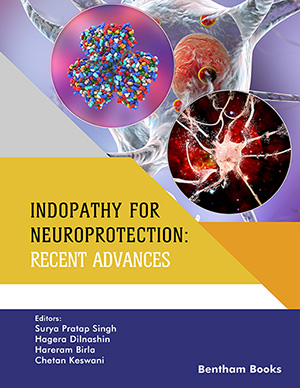Abstract
Autism is a complex neurobehavioral and neurodevelopment disorder with
impairments in sociability, language, repetitive, and restrictive stereotypical behaviour
as the core symptoms. The term “autism” was first introduced in DSM-III in the year
1980; however, it was changed to autism spectrum disorder (ASD) in DSM-V. It starts
in early childhood at the age of around 3 years and persists throughout life. According
to data from the Centres for Disease Control and Prevention (CDC), USA, the
prevalence of ASD has increased from 1 in 88 (2008 data) to 1 in 59 (2018 data). Being
a complex neurological disorder, its etiology is not clear. However, numerous
neurochemical pathways have been explicated that may be responsible for the
development of this disorder. Besides, it has been evidenced that immune dysfunction
and genetic predisposition have a major role in its progression. Some of the major
neurochemical systems implicated to be involved in its etiology are glutaminergic and
GABAergic as major and others such as DAergic system, adrenergic system,
serotonergic system, and the endocannabinoid system. These above-mentioned
pathways are crucial in the maturation and development of neurons in different parts of
the brain, thus, alteration in any of these pathways enumerates a significant role in the
progression of ASD. Current treatment options are antipsychotic medications, which
only provide symptomatic relief for behavioral and psychiatric complications such as
irritability, anxiety, mood fluctuations,etc.. These medications are not effective in
treating the core symptoms of ASD. Given the lack of effective treatment options for
ASD, drugs targeting the core pathology of the disorder are the need of the hour.
Although numerous studies have discussed pharmacotherapy for ASD, the present
chapter, more importantly, focuses on the available treatment options for ASD and
updates on the recent research approaches for the prevention and treatment of ASD.
Keywords: Autism spectrum disorder, Antipsychotics, GABA, Glutamate, Neurodevelopment, Sociability, Stereotypy.






















